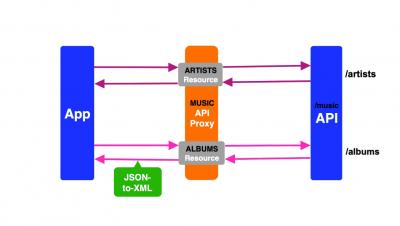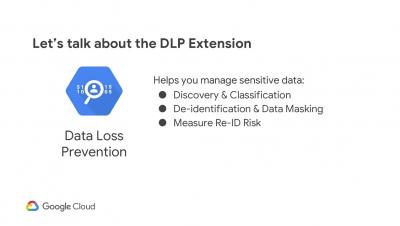How to Deploy Yellowfin Signals on Google Analytics Data
In the previous blog, we initially discussed how Yellowfin Signals discovered a surprising website traffic spike hidden in our Google Analytics data. So how did we set up Signals? And did we learn anything along the way? Read on below for our learnings and suggested best practice (this is going to be a deep dive, so grab a coffee and enjoy!)








